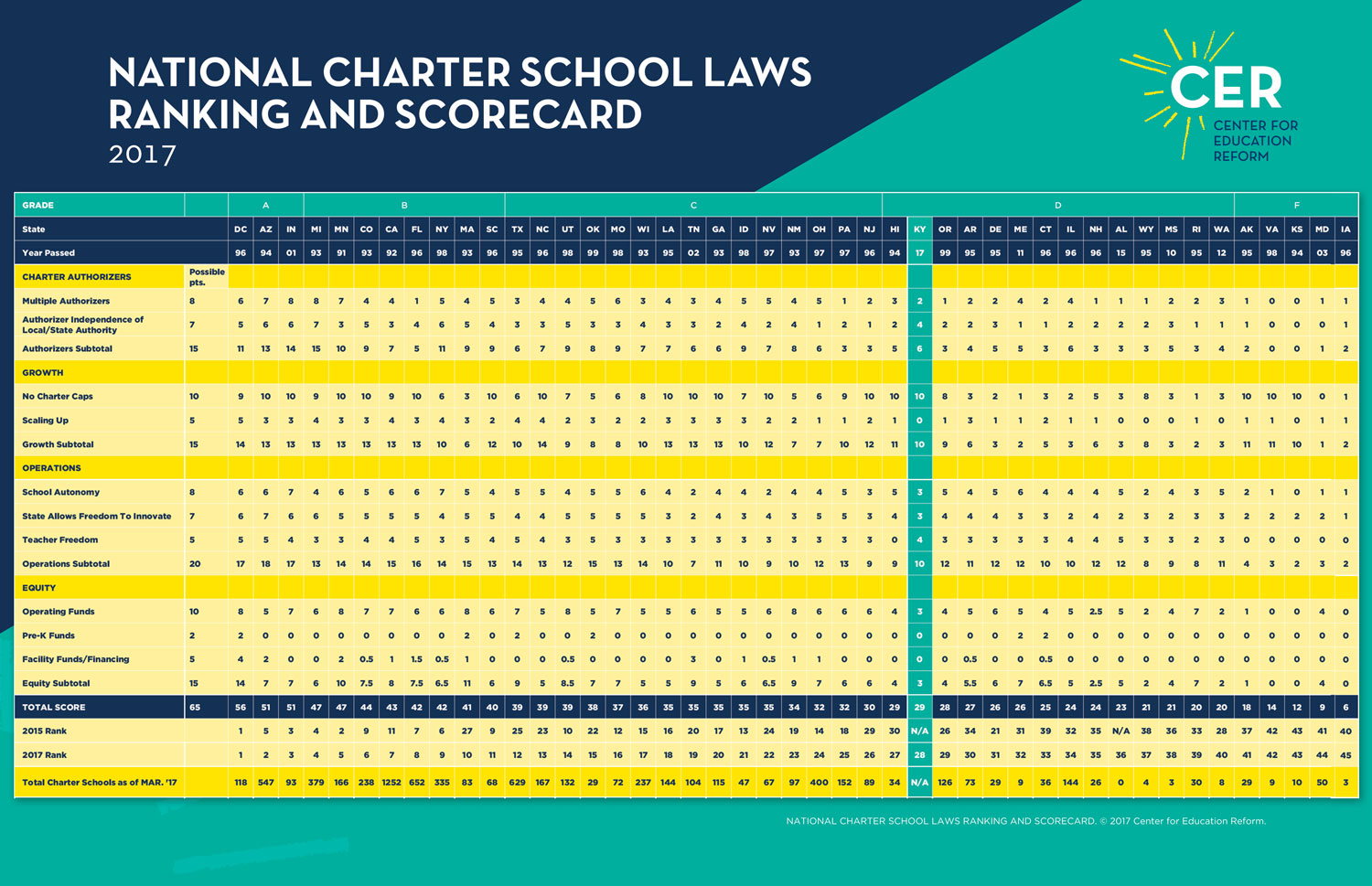Collection of data on school choice and breakdown by race, from Greg Forster:
Here’s my recent review of the literature. And here’s a deep dive on methodology. And here’s data on how private schools and their populations have changed in places with school choice (including huge increase in minority private school enrollment in Milwaukee).
Info on school choice among lawmakers, from Lindsey Burke:
How members of Congress practice private school choice.
Info on school choice among lawmakers and links to NCES data, from Joe McTighe:
Here’s an article on where HELP Committee Dems send their kids to school. And here are links to the NCES survey I mentioned:
64% of private schools in 2011-12 had at least one IEP student.

















